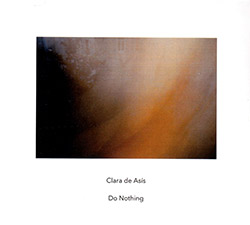
Spanish composer and guitarist based in France, Clara de Asis performs her own work "Do Nothing" in 6 sections, an electroacoustic, minimal studio composition for guitar and percussion, in 3 movements using space between distinct sound events to let each take its own life, offset by 3 movements of rotating or ringing percussive sound and punctuation.
Out of Stock
Quantity in Basket: None
Log In to use our Wish List
Shipping Weight: 3.00 units
Sample The Album:
Clara de Asis-guitar, percussion
Click an artist name above to see in-stock items for that artist.
Label: Another Timbre
Catalog ID: at119
Squidco Product Code: 25534
Format: CD
Condition: New
Released: 2018
Country: UK
Packaging: Cardboard Gatefold 3 Panels
Recorded by Celsian Langlois.
Six starkly beautiful solo pieces developed over the course of 2017, composed and performed by Clara de Asis, for guitar and percussion. "Do Nothing could refer to the moments where, between two actions, I stay quiet and let the sound live. It's about what happens in between..."-Another Timbre
Interview with Clara de Asís
Can you describe your background, and how you came to experimental music?
I have been attracted to sounds as far back as I can remember. As a child I loved inventing musical instruments out of cardboard boxes and rubber bands, and later, my favourite activity was playing whistles and flutes very softly in a secret spot of mine on the rocks by the sea - I enjoyed the sound of the waves and the fresh air. When I was around 12, I wanted to play guitar. I wanted to learn it from a very well-renowned classical guitar teacher in my hometown, but as I only had an acoustic metal-string guitar, he refused to accept me on his course. Somehow I found someone who showed me the basics of guitar playing, from a flamenco perspective - I'm from a town where the word 'guitar' is immediately associated with flamenco - which was a very unusual way to start on the kind of guitar that I had. These lessons only lasted a couple of years, even less. Then I just continued on my own. I consider myself an autodidact; I have never had any academic musical training. I think I have always been intuitively led by a deep-seated will which refuses to adjust to existing models, and is determined to find my own ways.
Later, I studied cinema at University. I was interested in filmmaking but soon I discovered that I enjoyed much more just watching and listening to films conscientiously - partly due to the collective and, usually, hierarchical nature of a film-making set. I was interested in directors who worked remarkably with sound on their films, such as Ingmar Bergman, who still remains my favourite at this point. During those years I acquired some skills in sound recording and editing, and started to use them to develop my music. I recorded sounds, edited and mixed them. Only later did I learn that the kind of music that I was making at that time had a name, and that it could be called "electroacoustic music". At some point in my early twenties, I discovered concrete, EA music, with composers such as Eliane Radigue, Luc Ferrari, or Pauline Oliveros.
After getting my degree in cinema, I moved to France and studied electroacoustic music composition for a while; but I quit the course after two or three years, when I felt it was enough for me. At that time I also started working less on sound mixing and more on instrumental pieces for guitar and objects. At first they were pieces that I developed out of purely improvisational frames. I was doing mainly solo pieces, but I also worked a lot with Laura Vazquez, who is a French poet and writer, on pieces in the intersection between music and poetry. It's still very important to me to develop an essential part of my work on my own, but I've also started collaborating with other musicians.
I used to graphically notate the ideas that I had come to during my work sessions. Little by little I have evolved towards the opposite process: instead of notating what I had done, notating what I could do; and I focused more and more on instrumental composition and written works.
Were the pieces on the CD conceived as a set, or is it simply an assembly of different pieces that you have recently produced?
They were conceived as a set. I spent several months working on them before recording them. When I work, it's important to me to determine how I will physically employ the elements that I'm going to use. This disposition of the elements was the same for every piece, even if I didn't use all the elements in all of the pieces. This might not be relevant for the music itself, but it was a means for me to think in terms of the ensemble. So, even if every piece of the album is autonomous, they are thought of in relation to the whole, and the choices that I made for every one of the pieces were determined relative to what I had chosen for the rest.
I guessed that would be the case, as the disc as a whole has a strong compositional coherence. Is that the way you usually work now, or do you play in improvising contexts as well? And if so, do you find improvisation limiting as a means of music-making, or does it bring things into your practice which are refreshing?
It's the way I work now. To me, one of the differences between improvisation and composition is how I think about and experience time. Meaning the time within the piece itself, but also the time of my life in which I develop the piece, and how I live through that time. I believe that, as with any other activity, music is very much related to the moment, the stage of one's life, where it is produced - be it either in a perceptibly evident or in a subtle way. There is a correspondence between one's life and way of living and the music one makes. And when I'm developing a piece, during the process of composing it and making it, which can last months, weeks, or days, I learn things about myself; there's a feedback between the developing piece and my own life. And that feedback leads me to make choices. Choices that set up a frame regarding a situation that goes beyond the present time. In that sense, I do find improvisation limiting as a means of music-making, because improvised music is formally circumscribed by one instant.
I can still find myself in improvising contexts as a first approach when playing with other musicians for the first time, but it has become rarer and rarer simply because I'm not as interested in it as I was some years ago. I just feel that setting up a frame is an essential condition for developing something that is coherent to me and that, at the same time, transcends me. Even if the frame can be open, it's still a frame.
That's very interesting. It feels to me that the 'frame' you set for yourself in 'Do Nothing' is stark and sets quite severe limits within which you have work. Do you find such harsh limits are beneficial to the creative process, or did you experience things differently in the period when you were composing the music?
It came very naturally, if I may say. I didn't feel restricted, even if it is indeed a stark frame. I'm very interested in simplicity as a form. I tend to discard everything that is not necessary to what I'm making. It allows me to concentrate and go deep, and, above all, to listen to the sound and let it exist. The limits that the frame sets concern the materials and the actions that I had chosen for the pieces. But there's something more which I don't act on, which is the 'behaviour' of the sound once I have done the corresponding action. So the way I see it, setting up rigorous limits can mean a lot of unexpected possibilities and revelations that come from the sound itself. Personally, I would say that those limits are beneficial to the creative process, at least mine, as long as they are of course appropriate to the music that I want to do. I can't even say that I experience them as limits, but as choices. And to me, making choices is the only way to exercise freedom, even if it might seem paradoxical.
Why the title 'Do Nothing'?
This connects to the preceding answer. The main reason I wanted to call the album 'Do Nothing', which is also the title of the first piece, is simply because 'do nothing' is a kind of personal motto that I arrived at during last year, the year I recorded this music. This idea of 'Do Nothing' was very present to me when I was composing the pieces. It's not that I explicitly wanted to do something based upon the idea, but I knew from the beginning that I would call this work something like this. I didn't deliberately compose the pieces to respond to this idea, nor did I conceptualise the idea to convert it into some kind of composition parameter. It was just there, and I find - though I don't know if it is perceptible or not - that it has a resonance in the music on this album. Also I discovered later, when the composition was in a more advanced state, that 'do nothing' could refer to the moments where, between two actions, I stay quiet and let the sound live. It's about what happens in between, and in this case the way I found to make that life come out was by doing nothing. So in the end I could see clearly that this idea of 'do nothing' and the music that I made were coherent together, they both came from the same place.

The Squid's Ear!
Artist Biographies
• Show Bio for Clara de Asis "Clara de Asís (1988) is a Spanish composer and guitarist based in France. Her works involve electroacoustic, minimal approaches and studio composition. She uses different combinations of materials and sound sources, with a main focus on guitar. She has developed a non-conventional and personal instrumental approach; with longstanding interest in minimalist frameworks, spacial auscultation and simplicity. Her music has been showcased on many international scenes, and she has collaborated with artists such as Laura Vazquez, Noël Akchoté, d'Incise, Golem Mécanique, Bruno Duplant, Nicolas Dick, Miguel A. García, Héctor Rey, Lauri Hyvärinen." ^ Hide Bio for Clara de Asis
7/9/2025
Have a better biography or biography source? Please Contact Us so that we can update this biography.
Track Listing:
1. Do nothing 12:16
2. Know nothing 5:45
3. Nothing lasts I 3:33
4. Say nothing 9:45
5. Nothing lasts II 3:29
6. Be nothing 10:24
Compositional Forms
Guitarists, &c.
Percussion & Drums
Solo Artist Recordings
New in Compositional Music
Search for other titles on the label:
Another Timbre.

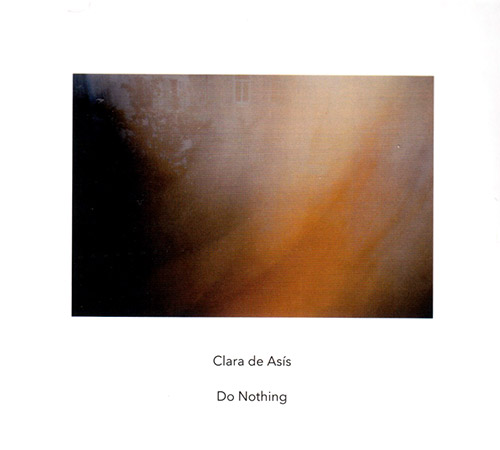
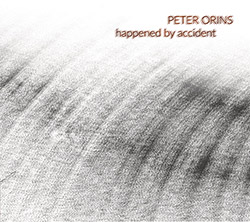
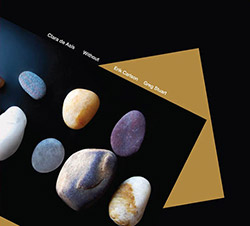
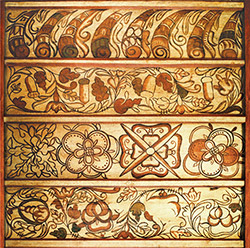
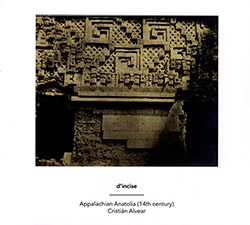
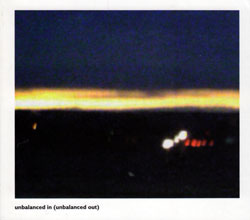
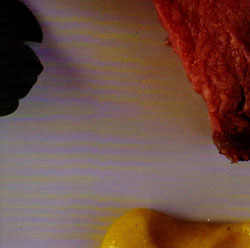
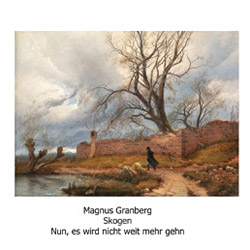
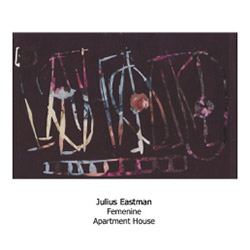
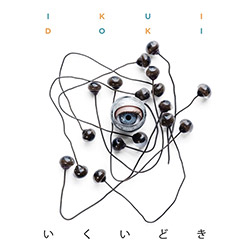
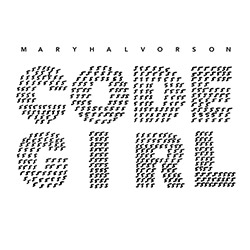
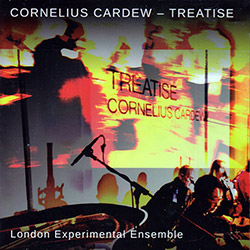
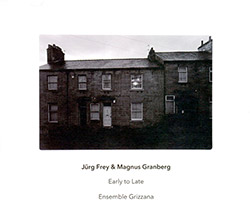
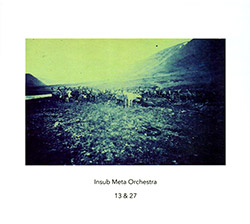
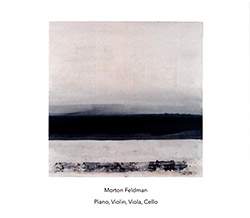
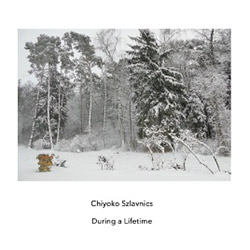
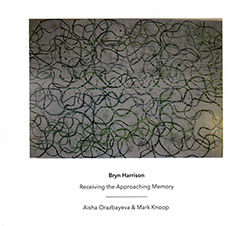
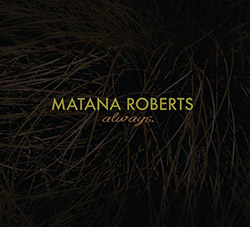
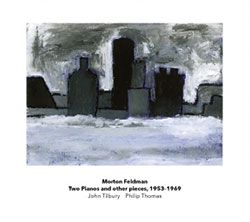
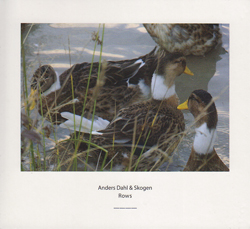
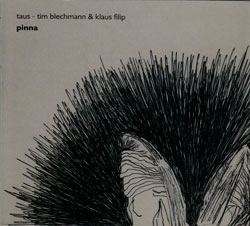
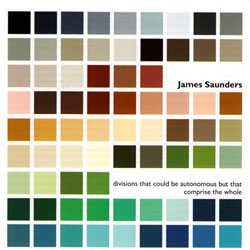
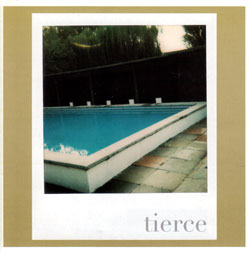
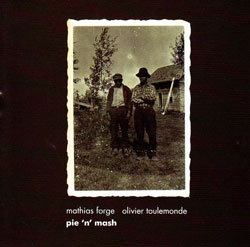
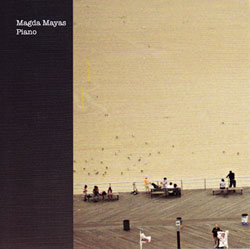
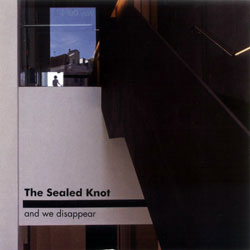
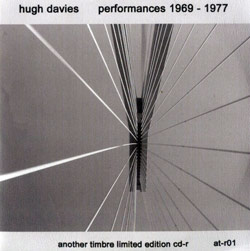

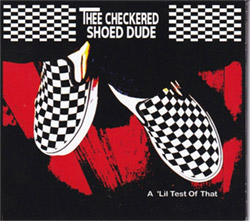
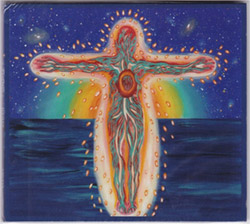
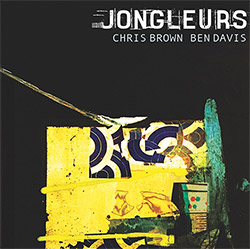
![BlueRing Improvisers: Materia [2 CDs]](https://www.teuthida.com/productImages/misc4/36513.jpg)
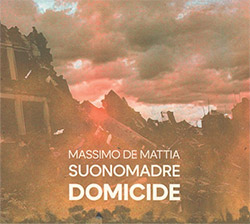
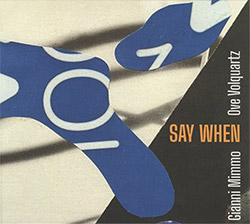
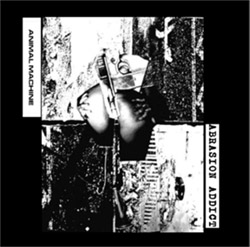

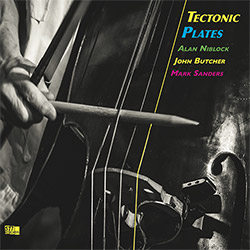
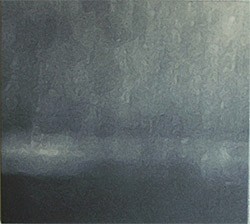
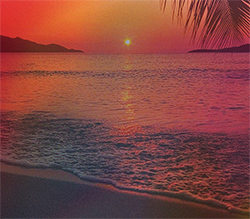
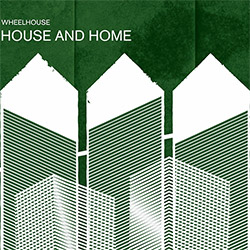
![Wheelhouse (Rempis / Adasiewicz / McBride): House And Home [VINYL]](https://www.teuthida.com/productImages/misc4/36462.jpg)
![+DOG+: The Light Of Our Lives [2 CDs]](https://www.teuthida.com/productImages/misc4/36009.jpg)

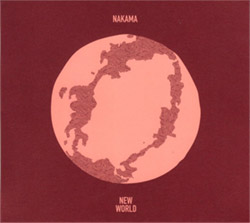
![Parker, Evan / Jean-Marc Foussat: Insolence [VINYL]](https://www.teuthida.com/productImages/misc4/36398.jpg)
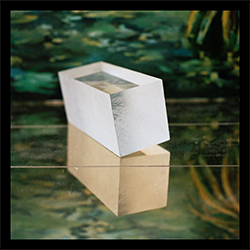
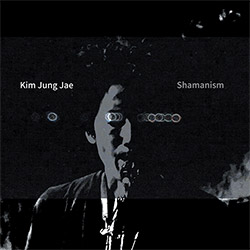
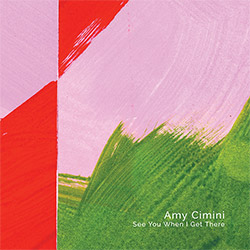
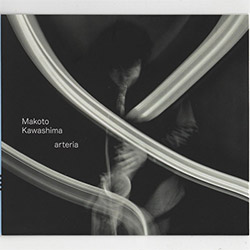
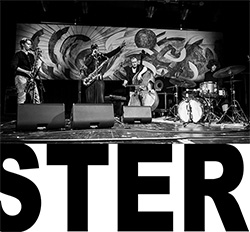
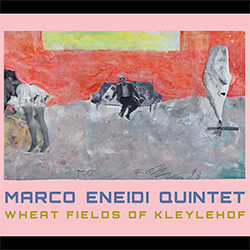
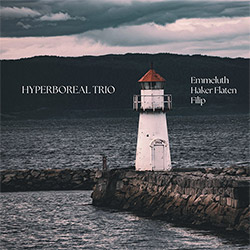
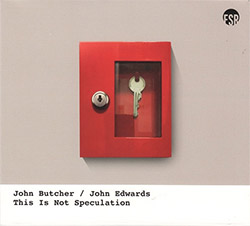
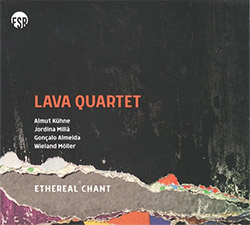
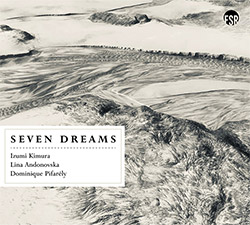
![Deupree, Jerome / Sylvie Courvoisier / Lester St. Louis / Joe Morris: Canyon [2 CDs]](https://www.teuthida.com/productImages/misc4/36404.jpg)

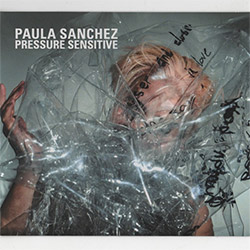

![Eventless Plot | Haarvol: The Subliminal Paths [CASSETTE + DOWNLOAD]](https://www.teuthida.com/productImages/misc4/36232.jpg)

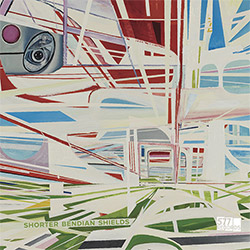
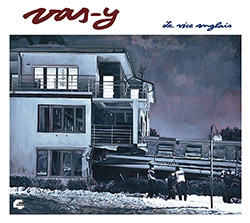
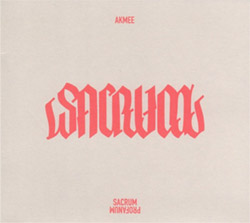

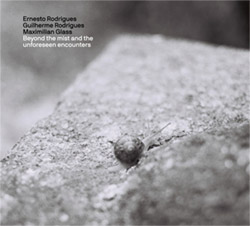
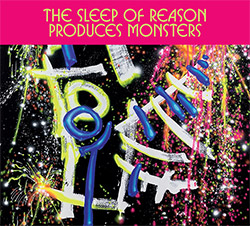
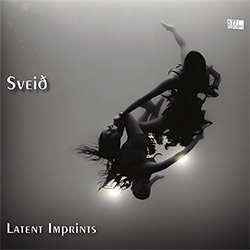
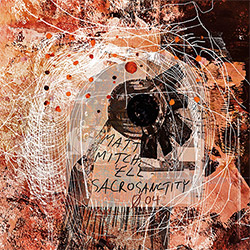
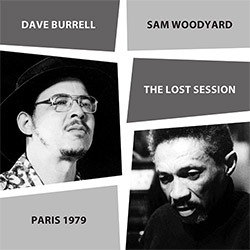
![Eventless Plot | Francesco Covarino: Methexis [CASSETTE + DOWNLOAD]](https://www.teuthida.com/productImages/misc4/36231.jpg)
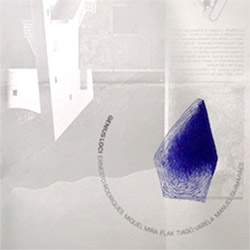
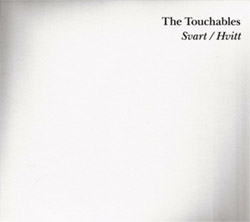
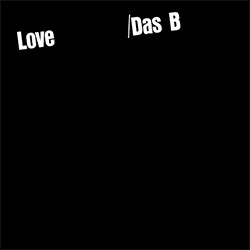
![Das B (Mazen Kerbaj / Mike Majkowski / Magda Mayas / Tony Buck): Love [VINYL]](https://www.teuthida.com/productImages/misc4/36329.jpg)
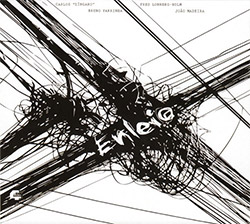

![Eternities: Rides Again [CASSETTE]](https://www.teuthida.com/productImages/misc4/36247.jpg)
![Lopez, Francisco: Untitled (2021-2022) [2 CDs]](https://www.teuthida.com/productImages/misc4/36438.jpg)


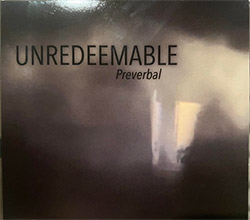
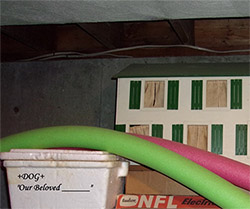
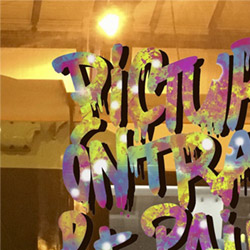
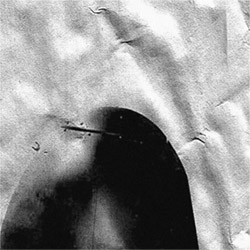
![Money : Money 2 [2 CDs]](https://www.teuthida.com/productImages/misc4/35894.jpg)
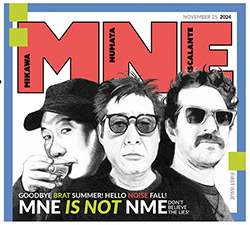

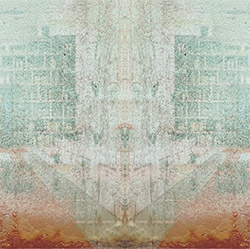
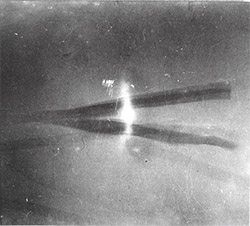
![Klinga, Erik: Elusive Shimmer [VINYL]](https://www.teuthida.com/productImages/misc4/36258.jpg)
![CHANGES TO blind (Phil Zampino): Volume 9 - I Wave on a Fine Vile Mist [CD + DOWNLOAD]](https://www.teuthida.com/productImages/misc4/36061.jpg)

![Wallmart / Rubbish: Asset Protection [split CD]](https://www.teuthida.com/productImages/misc4/35900.jpg)
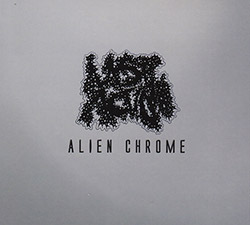
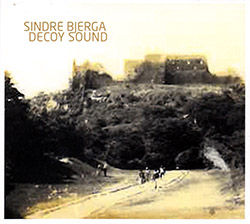
![+Dog+: The Family Music Book Vol. 5 [2 CDs]](https://www.teuthida.com/productImages/misc4/35897.jpg)
![Kuvveti, Deli : Kuslar Soyledi [CASSETTE w/ DOWNLOAD]](https://www.teuthida.com/productImages/misc4/36107.jpg)

![Brown, Dan / Dan Reynolds: Live At The Grange Hall [unauthorized][CASSETTE]](https://www.teuthida.com/productImages/misc4/36245.jpg)


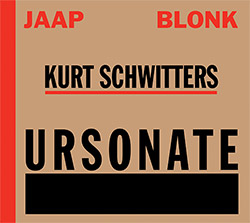
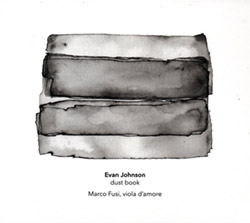
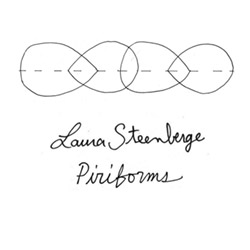
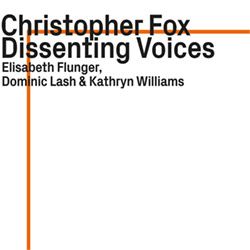

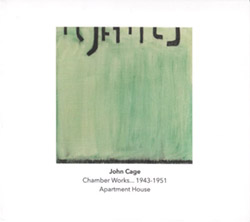
![Palestine, Charlemagne / Seppe Gebruers: Beyondddddd The Notessssss [VINYL]](https://www.teuthida.com/productImages/misc4/36206.jpg)
![Palestine, Charlemagne / Seppe Gebruers: Beyondddddd The Notessssss [NEON GREEN VINYL]](https://www.teuthida.com/productImages/misc4/36207.jpg)
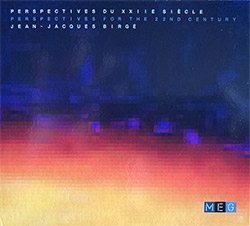
![Laubrock, Ingrid: Purposing The Air [2 CDs]](https://www.teuthida.com/productImages/misc4/35639.jpg)
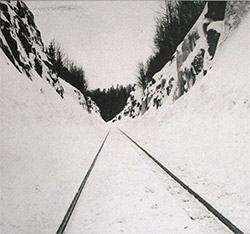
![Yoko, Ono / The Great Learning Orchestra: Selected Recordings From Grapefruit [2 CDs]](https://www.teuthida.com/productImages/misc4/35841.jpg)

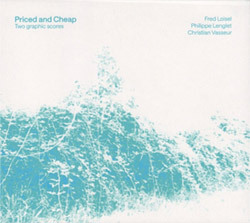
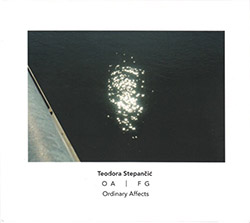
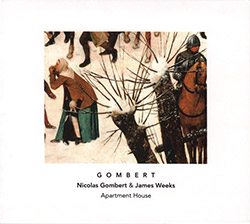

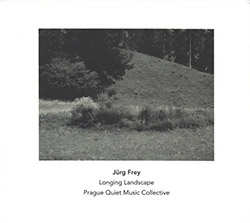
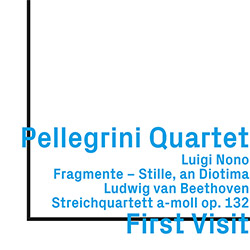

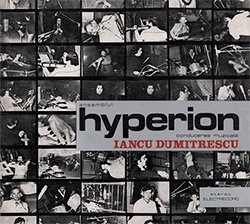
![Zorn, John / JACK Quartet: The Complete String Quartets [2 CDs]](https://www.teuthida.com/productImages/misc4/35609.jpg)
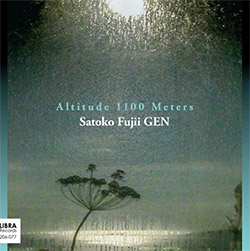
![Lonsdale, Eden: Dawnings [2 CDs]](https://www.teuthida.com/productImages/misc4/35480.jpg)
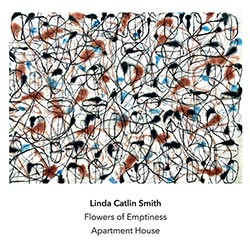
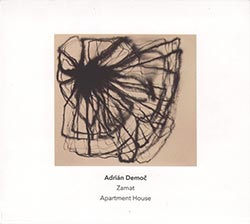

![Sorry For Laughing (G. Whitlow / M. Bates / Dave-Id / E. Ka-Spel): Rain Flowers [2 CDS]](https://www.teuthida.com/productImages/misc4/35985.jpg)

![Rolando, Tommaso / Andy Moor : Biscotti [CASSETTE w/ DOWNLOADS]](https://www.teuthida.com/productImages/misc4/36106.jpg)


![Electric Bird Noise / Derek Roddy: 8-10-22 [CD EP]](https://www.teuthida.com/productImages/misc4/35970.jpg)








![Elephant9 : Mythical River [VINYL]](https://www.teuthida.com/productImages/misc4/34624.jpg)



![Elephant9 with Terje Rypdal: Catching Fire [VINYL 2 LPs]](https://www.teuthida.com/productImages/misc4/35355.jpg)
![Deerlady (Obomsawin, Mali / Magdalena Abrego): Greatest Hits [VINYL]](https://www.teuthida.com/productImages/misc4/34876.jpg)
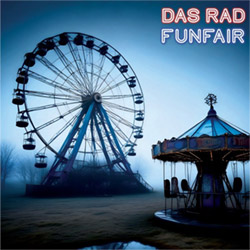
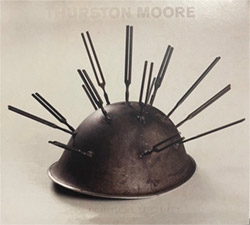
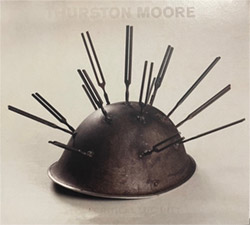
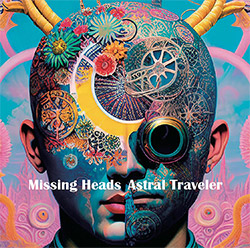
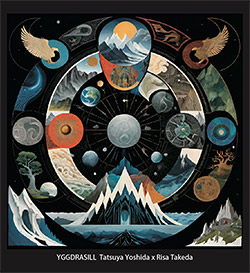
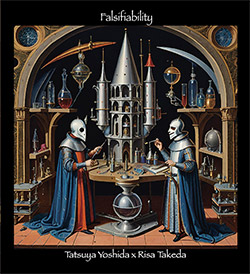
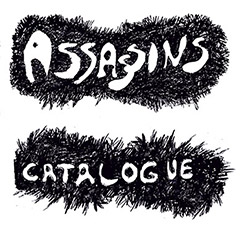
![Surplus 1980: Illusion of Consistency [CD]](https://www.teuthida.com/productImages/misc4/35069.jpg)
![Staiano, Moe: Away Towards the Light [VINYL + DOWNLOAD]](https://www.teuthida.com/productImages/misc4/35037.jpg)
![Coley, Byron: Dating Tips for Touring Bands [VINYL]](https://www.teuthida.com/productImages/misc4/17906.jpg)

![Lost Kisses: My Life is Sad & Funny [DVD]](https://www.teuthida.com/productImages/misc4/lostKissesDVD.jpg)